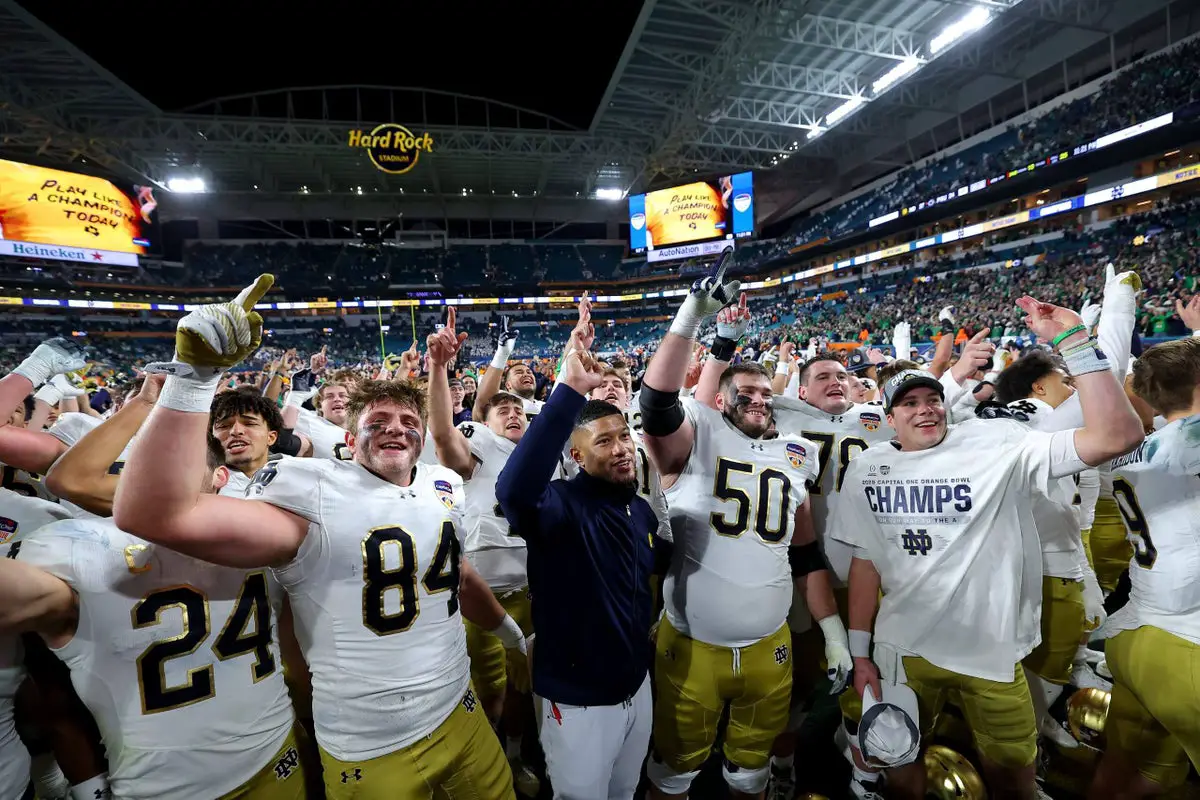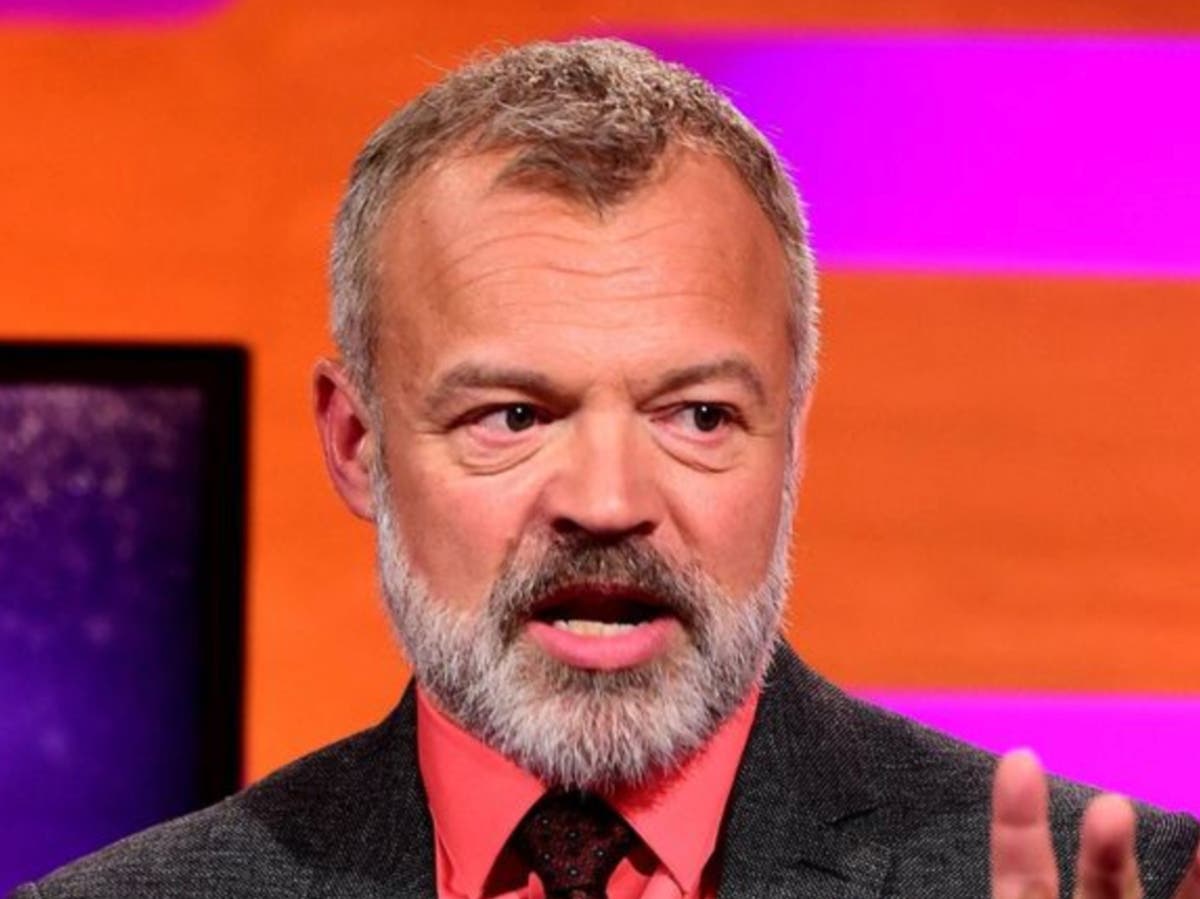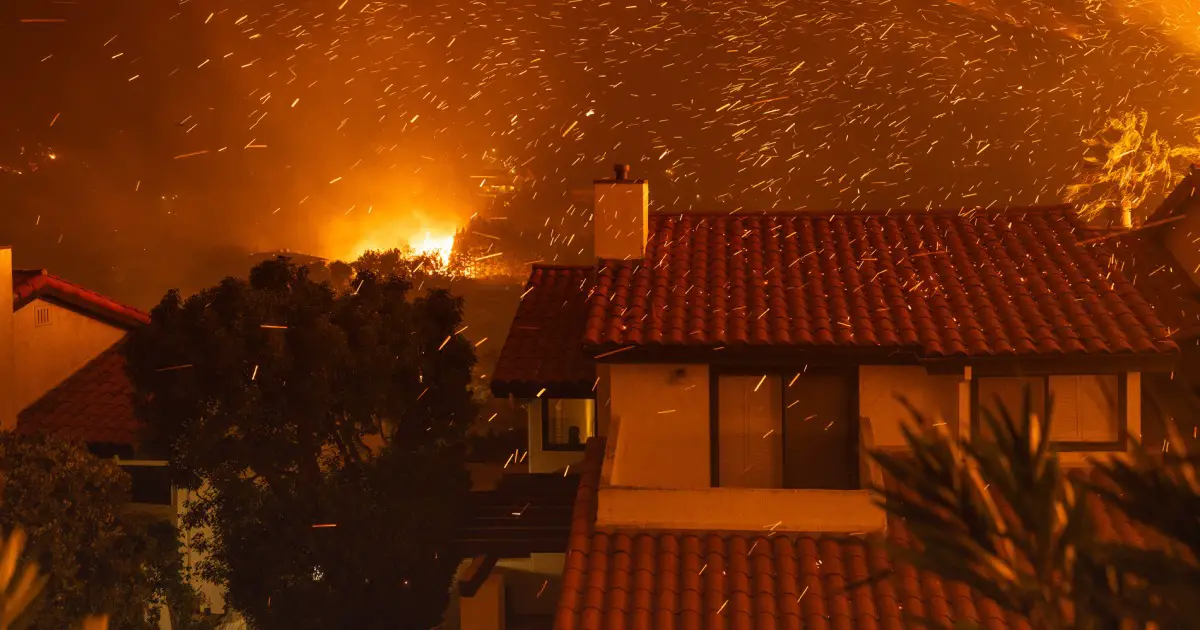I may have nodded off in double geography once or twice, but I never thought I’d deliberately sleep in a school. However, La Scuola, in Lusiana, in the foothills of the Dolomites, is very different from an English comp. The former village school, closed in the 1960s, has been converted by Valeria Carfora and her husband, Marco, into a charming and unexpected B&B (doubles from €95).
Its bedrooms are named after school subjects – maths, geography, literature, science – and the whole place is furnished with period desks, books, abacuses and more. The breakfast room has a huge blackboard showing the Italian alphabet in curly script: under it we take our time over homemade pastries and fruit, plus cheese and yoghurt from the lush Asiago plateau.
A timeline of satchels – from wooden to leather to mid-century nylon – hang on pegs beneath old school photos. A 1940s report book donated by a woman in the village shows she had good marks for sewing but “must do better” in arithmetic and “fascist cultural subjects”. In summer, tables are laid out in the playground, with views over the belltower towards Venice.
La Scuola is the sort of bolthole that’s hard to find even with online resources (it’s not on booking sites). But our trip to Vicenza province is one unlooked-for delight after another, thanks to a startup that makes the unexpected its business.
Elisabetta Faggiana used to work in the music industry in London and in 2017 set up Unexpected London with her now husband, Savio Losito, offering small group walking tours. They have expanded the idea into Unexpected Italy, an app-based guide – launched on 3 August – to places to stay, eat and visit away from tourists traps and Instagram likes. They call themselves the antidote to overtourism, using local experts to showcase lesser-known gems and stop visitors all crowding the same places. (Elisabetta’s favourite statistic is that 70% of tourists to Italy visit just 1% of sights.)
Covering, so far, Florence, Rome, Venice and the couple’s home territories in Vicenza and Puglia, it offers pre-trip planning tools plus, once you’re there, GPS tours tailored to individual interests – and even the weather.
Vicenza is an ancient, wealthy but untouristy city that offers better value and a quieter pace than the other Vs of northern Italy (Verona and Venice). It was the home of architect Andrea Palladio, whose classical style has been copied everywhere from Stormont to Harrogate, but never with the calm, stately feel of the 16th-century originals. So we take in the Basilica Palladiana, the town hall he rebuilt from 1549; the Teatro Olimpico, the world’s oldest indoor theatre, with trompe l’oeil scenery that gives the appearance of streets receding to the horizon; and two grand country villas. We also sleep in Palladian grandeur, in an apartment within Palazzo Valmarana Braga (from €107, two-night minimum), which the man himself designed in 1565. It oozes atmosphere, with high ceilings, chandeliers, marble floors and frescoed walls.
An unexpected delight nearby is the Busato print shop, where Giancarlo, the city’s last traditional lithographer, runs the workshop started by his grandfather, making prints from artists’ etchings and engravings. “I’m happiest when my hands are dirty,” he smiles, as he dabs coloured inks on a zinc plate. With cotton paper and a felt pad, it goes through the venerable printing press to make us a limited print of an etching of the city’s Piazza dei Signori. Tours cost from €10pp, with an English-speaking guide if required.
Instead of checking Tripadvisor, we eat and drink, thanks to Elisabetta and Savio’s knowledge, at places better known by locals. We start with an aperitivo at Vicenza favourite Da Renzo, where workers drop in for Aperol spritz at €2.50, and tapas-like tartine – bread topped with, say, truffle, egg, tuna or prawns (€1.50 each). Even more amazing is Osteria Bertoliana, where genial tattooed chef Daniele Renzi prides himself on unpretentious zero-kilometre delicacies. Antipasti include a cold soup of morlacco cheese with spring herbs, salad of raperonzolo leaves with their tasty white root attached, slivers of cured veal heart, and egg mayonnaise with wild hop shoots, before we share a soothing dish of risi e bisi, soupy risotto with fresh peas.
Vicenza province stretches north into the Alps and more unexpected sights. Bassano del Grappa, with its red-brown covered bridge over the powerful Brenta River – designed in 1569 by our old friend Palladio – is stupidly picturesque, in its deep green valley, with riverside buildings reflected in green water. It is also livelier than Vicenza, with bars and cafes all overflowing with chatter, thanks maybe to Bassano being home to Italy’s (and therefore the world’s) oldest grappa maker.
Distilleria Nardini has been at the bridge’s eastern end since 1779, when the first of that family descended from the mountains with his mobile still. A museum of distilling downstairs tells its history of floods, wars and more. Upstairs, a plaque on the barrel-lined bar says Quei che alla vita tiene beva giusto e beve bene, an 18th-century equivalent of “please drink responsibly”. Heeding this, we settle for one chilled glass each of pleasantly bitter Mezzoemezzo aperitif.
When not propping up bars, the people of Bassano clearly like supporting independent retailers. We enjoy Tassotti, a gorgeous stationer whose pretty cards, notebooks and gift wrap are all made in town, a bookshop over three floors of a 17th-century palace, and herbalist Inedito Lab, which is like a smart Holland & Barrett except that the remedies, teas and essential oils are house-made, from mostly local plants.
Few tourists would think to visit an insurance office, but Costenaro Assicurazioni in Bassano has a wholly unexpected feature. Boss Ivano Costenaro is a complete ceramics buff: the top floor of the building is a museum of hundreds of works by prominent contemporary ceramicists (free guided tours Saturday 11am). Downstairs, there are ceramic owls over reception, and figurative panels by the filing cabinets.
Our taste for this art now piqued, we head south to Nove, a town on the Brenta River with a 300-year history of clay expertise. Today it’s a hotbed of contemporary ceramic art, with open studios in September, and renowned artists to visit, including Robi Renzi.
after newsletter promotion
Inspiring in a different way is Conca d’Oro farm, a social enterprise near Bassano that offers work and dignity to special-needs adults, growing organic fruit, veg, wheat and olives. “Trainees” also serve in the onsite restaurant and shop. Simple housemade maccheroni with chilli and romanesco is one of the best dishes on a trip of generally excellent meals.
Wines at Conca d’Oro come from a vineyard officially called La Biancara, but always referred to as Maule, after Angiolino Maule, pioneer of the area’s natural wine movement. Natural winemaking goes way beyond organic (which permits dozens of additives, some sulfites plus yeast, egg white and animal enzymes). Angiolino has written a book called How to Make Wine Just With Grapes. We hear how, for example, “gross lees”, the chunky slurry from the bottom of a fermenting vat, has naturally occurring yeasts and bacteria that make it an excellent antioxidant for the wines, including a spicy, light tai rosso.
Touring this and other wineries around the village of Gambellara makes an enjoyable, and pleasantly vinous, half day. We diligently taste and compare many natural wines, and learn next day that no additives means no hangover. Which is just as well as there are lots more places on the app we want to check out.
More places to eat, drink and sleep
Eat
In central Vicenza, Il Ceppo looks like a deli upstairs, but a dining room in its ancient Roman cellars offers specialities such as bigoli (fat spaghetti) with duck, dried cod several ways, local salami called sopressa, and durello sparkling wine (sharper and fresher than prosecco).
La Capr’Allegra (the happy goat) is a restaurant-with-rooms (from €90) high on the Asiago plateau, run by goat-mad Stefano Fracaro. Meals are local and delicious (lots of cheese), and there’s a riding school and goat farm on site, plus hikes and cycling all around.
Drink
Natural winery Menti lets sheep browse the vineyards to keep weeds down and soil fertilised, though the animals do try to climb on one another’s backs to reach the juicy grapes. Its sparkling wines, with crown cap, not cork, get their fizz by fermenting naturally: the Roncaie white looks cloudy but is crisply fizzy, and light at just 10-11%. Tastings from €10pp.
High on a hill, ultra-modern Volcanalia was set up by Rossella Mastrotto with an all-female team. Her natural wines include Ambarabà, a fizz with a delicious bitter note and Patapum, a slightly sparkling “amber” wine great with pork or fish. As well as tours and tastings (from €20), she offers four swish, modern rooms (from €200 B&B), a new pool and homemade lunches on a south-facing terrace.
Stay
In a riverside palace in Bassano, stylish B&B Le 33 (doubles from €150) is run by Frenchwoman Julie Foulon, a keen cook who serves copious breakfasts at a long dining table.
The trip was provided by Unexpected Italy, with accommodation by Palazzo Valmarana Braga, Locanda la Scuola, and Le 33





